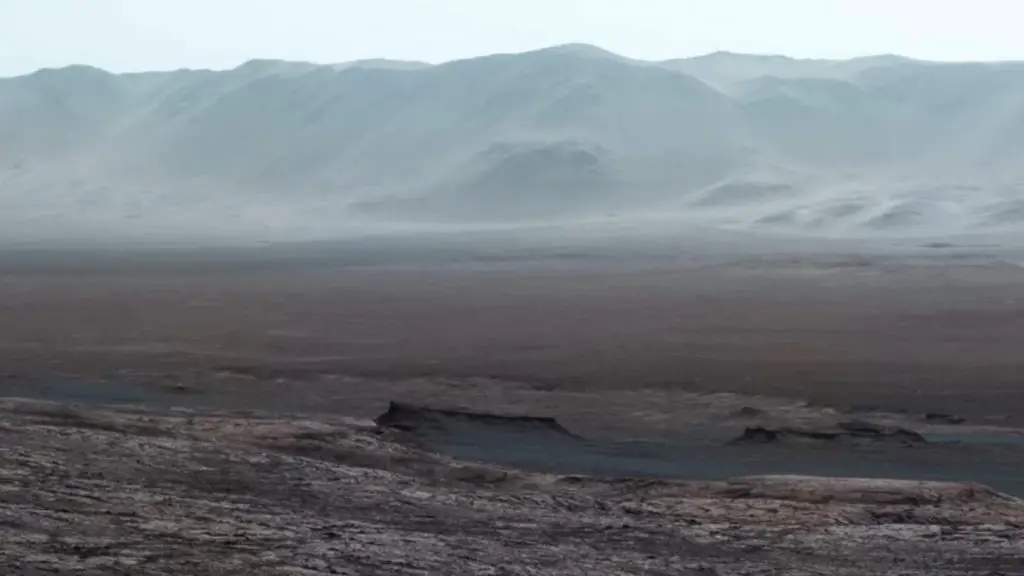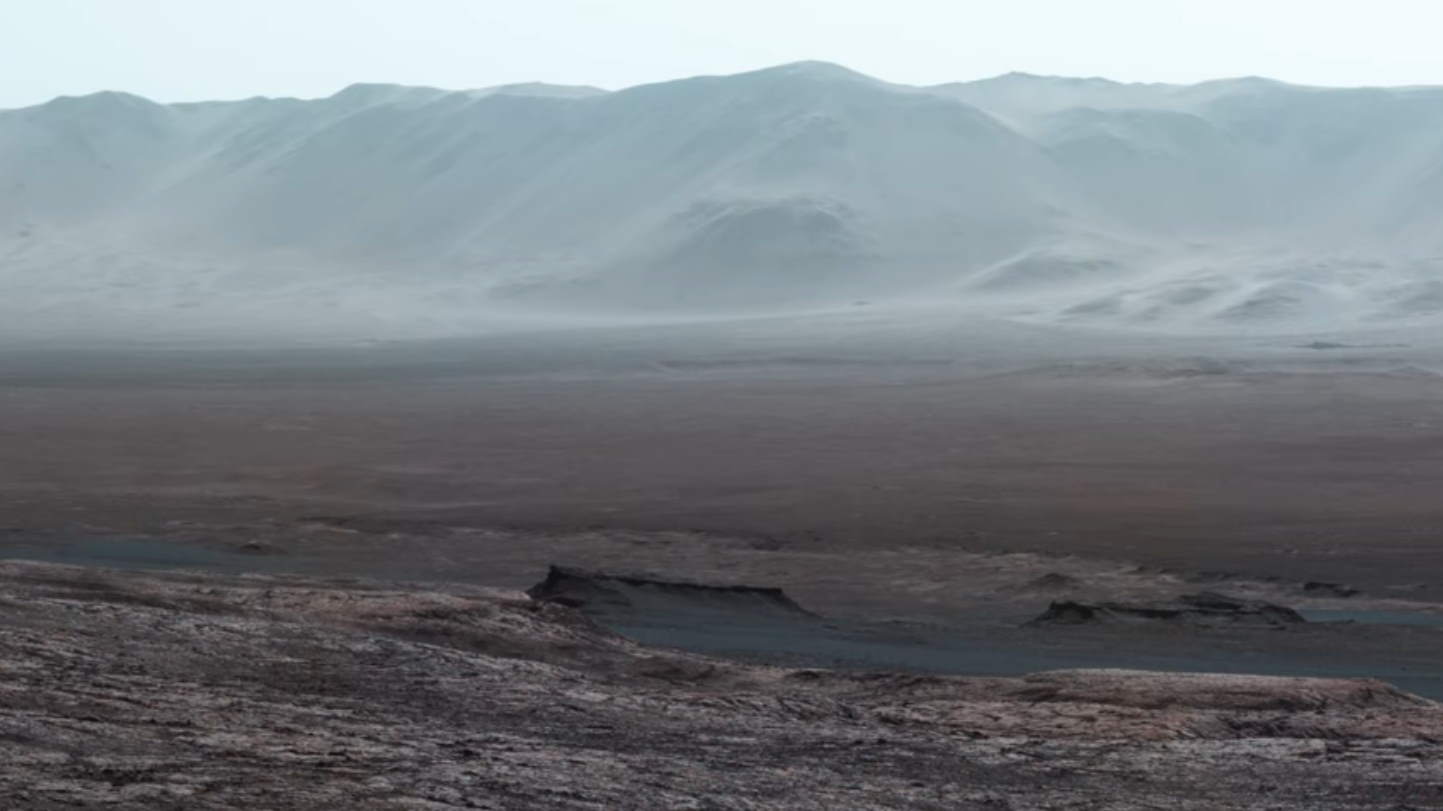An amazing video by NASA titled “Curiosity at Martian Scenic Overlook”. Curiosity Project Scientist Ashwin Vasavada gives a descriptive tour of the Mars rover’s view in Gale Crater which is 154 kilometers (96 miles) in diameter and estimated to be about 3.5-3.8 billion years old. It is created by an impactor. The crater is also probably a dry lake (once filled with water – probably billions of years ago).
The Gale crater looks like an ordinary desert on Earth, but, actually, Mars is a cold, dry, and desolate place. The McMurdo Dry Valleys in Antarctica is the closest equivalent to Mars on Earth – it is the driest region, and one of the coldest places on our planet. But, despite that, the red planet is way, way more inhospitable for humans.
The crater is named after the amateur Australian astronomer Walter F. Gale (1865-1945), who discovered a number of comets and examined the surface features of Mars.
NASA’s Curiosity Rover was launched from Cape Canaveral on November 26, 2011, at 15:02 UTC and landed on Aeolis Palus inside the Gale crater on Mars on August 6, 2012, 05:17 UTC.
Scientists chose Gale as the landing site for the Curiosity rover because the basin has many signs that water was present over its history.
Transcript of the video
Narrator: Curiosity Project Scientist Ashwin Vasavada
When the Curiosity rover climbed a ridge and the skies cleared up during martian winter, we had the chance to take this amazing panorama.
I’m really glad we did.
Curiosity is inside the Gale crater, a huge basin made by an impactor about 3.8 billion years ago.
The mountains across the crater floor are actually the northern rim of the crater. They rise over a mile above the rover.
It’s so clear, when we took this image, that you can even see a hill outside the crater that is 50 miles (80 kilometers) away!
I love how you can see Peace Vallis, a channel that once held a flowing river, like many others that formed lakes inside Gale crater.

This is also the first time we could look back and see everywhere we’ve been so far in the mission since landing in 2012. Here’s the path we took.
After landing, we drove to Yellowknife Bay before we turned southwest through Darwin, Cooperstown, and the Kimberley.
The rover studied dark, windblown sand at Namib Dune.
Curiosity then weaved between the Murray Buttes, checked out Ireson Hill, and made a tricky crossing of the Bagnold Dunes before reaching the ridge where it sits today and caught this amazing view.
To aid geologists, colors in the image are white-balanced, so rocks appear the same color as the same rocks would on Earth.
Sources
- Gale Crater on Wikipedia
- Gale, Walter Frederick on Australian Dictionary of Biography
- Curiosity at Martian Scenic Overlook on NASA.gov
- Moon Landings: All-Time List [1966-2025] - February 2, 2025
- What Is Max-Q and Why Is It Important During Rocket Launches? - January 16, 2025
- Top 10 Tallest Rockets Ever Launched [2025 Update] - January 16, 2025

